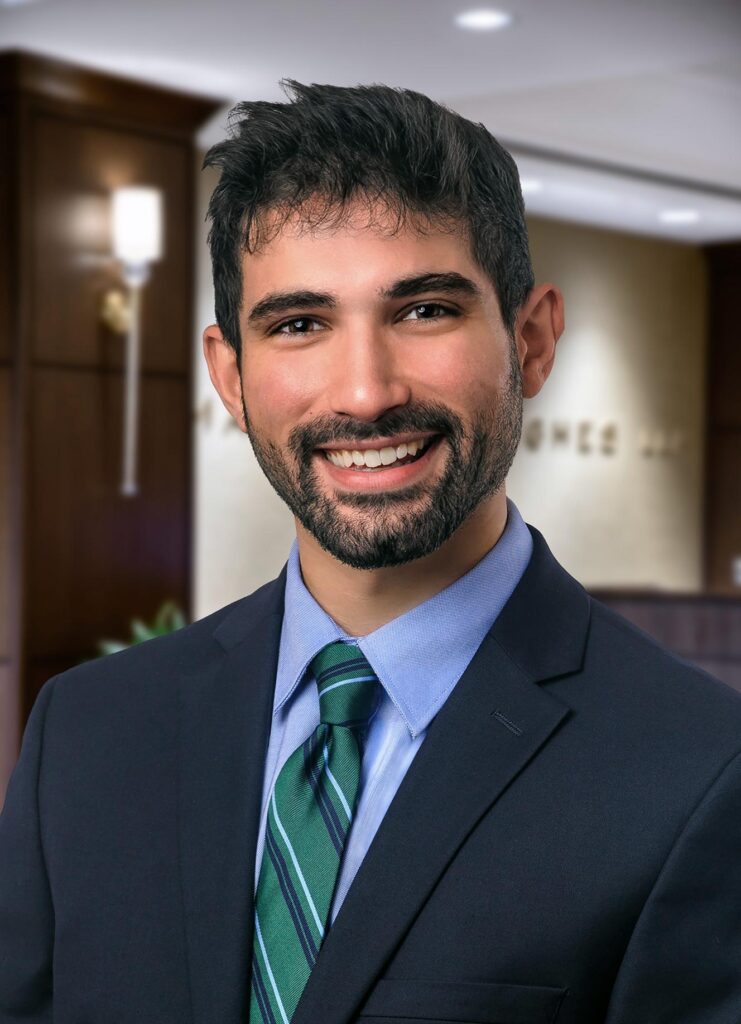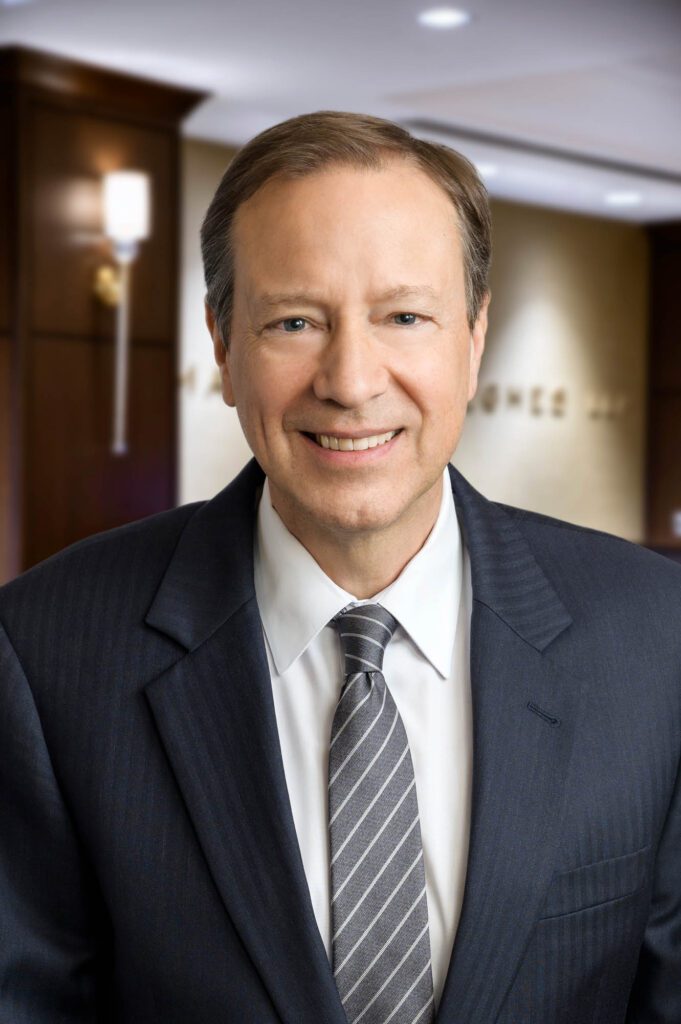The NCAA’s long-standing grip on amateurism is loosening fast. With the landmark House v. NCAA settlement and evolving state laws like those in New York, college athletes are entering a new era of rights and revenue. This blog breaks down what these changes mean for student-athletes, and most importantly, highlights student-athletes’ rights in New York.
House v. NCAA
The House v. NCAA case involved the NCAA and the Power Five conferences, who were accused of violating antitrust laws by restricting college athletes from earning revenue from their name, image, and likeness (NIL). Rather than waiting for a court verdict, the parties have reached settlement terms and are awaiting court approval. The settlement consolidates two additional antitrust cases (Hubbard and Carter). It requires the NCAA and member institutions to pay $280 million annually over a 10-year period, starting in the 2025-26 academic year, as damages for rules that unlawfully limited athletes’ ability to be compensated for their performance. Most significantly, the proposed settlement establishes direct revenue sharing between colleges and athletes for their NIL rights. The following sections highlight what this settlement means for current and former student-athletes, detailing changes, compliance requirements, and specific rights under New York law.
Backpay for Past Restrictions
The House v. NCAA settlement compensates current and former college athletes who were denied opportunities to profit from their NIL due to restrictive NCAA rules. This backpay totals $2.8 billion, distributed in $280 million annual installments over 10 years. Additionally, athletes gain access to benefits like medical and mental health resources, nutrition support, life skills programs, and extended medical coverage post-college.
Revenue Sharing: A New Era
The settlement introduces a revenue-sharing model, allowing schools to directly pay student-athletes for their NIL, not athletic performance, distinguishing it from pay-for-play. Starting in 2025-26, schools can allocate up to 22% of media, ticket, and sponsorship revenue (roughly $19-25 million annually) to NIL deals, recorded on institutional books, moving away from booster-led collectives. Athletes can still pursue third-party NIL agreements, subject to oversight of deals over $600, enhancing opportunities for both school and private partnerships.
Plausible NCAA Rule Changes As Of April 2025
Pending final approval of the House settlement, NCAA rules will shift significantly. Schools can offer direct NIL payments to athletes, tied to their personal brand and enrollment, not athletic achievements, ensuring no pay-for-play arrangements. These payments must serve a valid business purpose or fall within reasonable compensation ranges. Schools can also provide full scholarships to all rostered athletes, eliminating sport-specific caps. An enforcement group will oversee compliance, including third-party NIL deals, which face extra scrutiny if tied to a school. To access benefits, athletes must be full-time students, meet Division I academic progress requirements, and stay within their five-year eligibility period.
NCAA Bylaw Compliance: What Stays and What Changes
Under NCAA Bylaws Article 22 (which became effective August 2024) NIL activities would not be allowed to be used as incentives for enrollment, but because of House, NIL activities can be, allowing schools to offer deals to attract or retain athletes. However, core compliance rules remain. NIL compensation must involve a legitimate exchange (e.g., endorsements or appearances) and cannot be tied to athletic performance. Athletes must disclose NIL deals within 30 days of signing or enrollment, detailing parties involved, terms (services, duration, payment structure), and professional service providers, with deals over $600 mandatorily reported. Schools set their own disclosure policies, and the NCAA maintains a registry of service providers to assist athletes.
New York Student-Athlete Rights Under New York Education Law § 6438-c
With no federal NIL laws, athletes must follow the state laws of their university’s location, as required by NCAA bylaws. In New York, New York Education Law § 6438-c protects student-athletes’ rights to earn NIL compensation without university or NCAA restrictions. Colleges and associations cannot penalize athletes or schools for NIL earnings, and scholarships, which cover attendance costs, remain secure and distinct from compensation. However, NIL contracts must avoid conflicts, such as violating team agreements, college codes, or existing sponsorships, or causing reputational harm or intellectual property misuse. Contracts requiring actions during team activities, classes, or competing sponsor displays are prohibited. Outside official team events, athletes can freely pursue NIL deals unless conflicts arise. Division 1 programs must offer assistance programs, including financial distress funds, mental health support, financial literacy, degree completion aid, anti-discrimination training, leadership development, and career transition support, ensuring athletes’ holistic well-being.
Why Choose Us?
Navigating the complexities of NIL compensation requires expert guidance to protect your rights and opportunities. Mackenzie Hughes LLP wants to help student-athletes understand and leverage these new rules. Whether you’re an athlete navigating new NIL deals or a family seeking clarity on these changes, we are here to provide expert legal support tailored to your needs. Contact us today to ensure you are fully equipped to thrive in this transformative era of college athletics.
Posted by Deven D. Desai and Richard C. Engel

